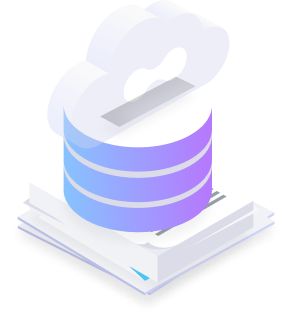Keep everyone on the same page!
Build Product catalogs
Use the scalable hierarchy to quickly build your product catalogs in the most user-friendly way.
Manage Product Data
Make changes to the catalog without impacting the quality of your existing data.

Distribute Product data
Keep your data safe, but provide anyone with controlled access to (parts of) your product catalog.
How does the Laces Catalog Manager help you?
Currently, product data is stored in proprietary databases, posing challenges when sharing it with partners who utilize different systems. This results in time-consuming coordination, increased maintenance needs, and potential errors in data exchange.
With the Laces Catalog Manager you can now manage all your product specifications in a single, centralized web application. Standardize meaning and data exchange for accessibility and consistency within or outside your company, regardless of the end-user tool. Embrace Linked Data as a standard to accurately share your product information.
Who can benefit?
Product catalog administrators now have the ability to record information in a structured manner, greatly enhancing the efficiency and effectiveness of management. This structured approach enables utilization within internal applications such as ERP software, as well as exchange of data with external applications, websites and search engines.












